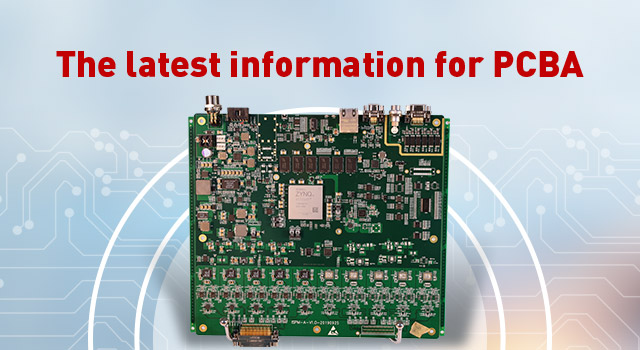
In SMT circuit board assembly process,PCB prototype technology details
date:May 06,2019
Return listIn SMT circuit board assembly process,PCB prototype technology details
The topic to be explained today is “the temperature curve of reflow soldering”. From the difference of temperature range and variation trend, we usually define the whole processof reflow soldering as preheating, wetting, reflow, and coolingin SMT circuit board assembly process.
Preheating zone: It is basically heated from room temperature to about 140 degrees. This area needs to control the slope of the curve, and the maximum cannot exceed 4 degrees/second, generally 2 degrees/second.

Wettingarea: It is from 140 degreesriseto solder paste melting point. In addition to heating, the other main purpose is to take a long time to achieve thermal balance of all devices in the board.
Reflow zone: This zone is the hottest stagein SMT circuit board assembly process. The temperature setting in this area is different due to the different melting point of the solder paste. Generally, the temperature in this area is the nominal melting point of the solder paste plus 30 to 35 degrees.
Cooling zone: The correct cooling rate for this process should be 4 degrees / sec and quickly cooled to around75 degrees.
From the configuration of the heating pipe, there are often ten-temperature zone, eight-temperature zone, six-temperature zone, four-temperature zone, and simple three-temperature zone, or a single-temperature zone drawer type reflow soldering machine type. Their difference lies in the degree of fineness of temperature control and the degree of uniformity of the heated surface. When dealing with the entire reflow process, we often configure the reflow soldering temperature profile according to the four changes of preheating, wetting, reflow, and cooling. We can say that the furnace temperature curve can be the soul of the entire machine for reflow soldering. Unreasonable furnace temperature curveconfiguration will cause the following problemsin SMT circuit board assembly process.
1. Problems such as deformation of the PCB due to uneven heat generation occur on a large-area board, or the inside of the PCB is broken, or the solder is loose after returning to normal temperature.
2. If the slope of the curve in the preheating or cooling zone is too large, the PCB or chip will be subjected to thermal shock and cracks will occur.
3.Insufficient heating, resulting in false welding of false welding.
4. Excessive residence in high temperature areas leads to excessive oxidation.
In the reflow soldering process, there is also a great relationship with the solder paste composition.
1. If the solder paste is not properly stored, it will be exposed to the air for too long, which will absorb the moisture in the air and cause tin explosion during the reflow soldering stagein SMT circuit board assembly process.
2. Bridging, welding and heating process will also produce solder sag, this situation occurs in the preheating and main heating two occasions, when the preheating temperature is in the range of tens to 100, solder as one of the components of the solvent will reduce viscosityand flow out. If the tendency of the outflow is very strong, the solder particles will be extruded out of the gold-containing particles outside the weld zone, and if it cannot be returned to the weld zone during the melting, the retained solder balls will be formed. The choice of solder paste ingredients is important.
3.The phenomenon of tombstoning, mainly because the chip-type components’ viscosity are not enough, and the heating force is uneven. The upwarpingof the chip component in the case of rapid heating, because of the temperature difference between the two ends of the hot component, the solder on one side of the electrode is completely melted to obtain good wetting, and the solder on the other side is completely melted to cause poorwetting , whichpromotes the upwarpingof the component. Therefore, in the case of heating, from the viewpoint of time elements, the heating in the horizontal direction forms a balanced temperature distribution to avoid the generation of rapid heat.
Generally, relatively precise components or electronic modules have corresponding heating curve requirements in their specifications. Engineers need to be careful about the irreparable damage of electronic components caused by the heating range exceeding the tolerance range.

